OVOpedia
Birds
Flamingo
Flamingos are large aquatic birds with long legs and neck, webbed feet and curved bills.
Flamingoes live in humid, costal areas and in shallow lakes. They are also found on some islands and in high altitudes, such as the Andes.
The largest species is the pink flamingo, which can reach 1.5 meters in height. The large colonies of pink flamingoes which make their homes in the lakes of Africa’s Rift Valley is one of nature’s most dramatic spectacles.
Their curved bills are perfectly suited to their diet, which consists of small mollusks, insects, unicellular organisms and algae. When they eat, flamingos bend forward and move their bills in the water much like a sieve. After closing their bills, they pump water with their tongue to push food particles into special gills that filter the food from the rest of the catch.
Their characteristic pink or orange color is due to carotenoids, pigments found in the vegetal and animal microplankton flamingos feed on. Excess carotenoids, which would otherwise be toxic, are deposited in the skin and feathers, giving flamingos their distinctive plumage.
After building nests, flamingos lay one or two eggs during the mating season. Because the coastal areas and shallow waters they inhabit often dry up, flamingos frequently migrate. Migration take place at night, and during these journeys, flamingos form a flock.
Flamingos are thought to be the evolutionary link between herons and the order to which swans, ducks and geese belong. Flamingos frequently stand on one leg. The reason for this behavior is not fully known. Scientists believe it may be to keep the legs from getting wet, in addition to conserving energy. It may also be an attempt to simulate a plant to attract their prey, facilitate blood circulation.
Roman emperors considered flamingo tongue a delicacy. It was often served with pheasant brain, fish liver and lamprey bowels.
RELATED
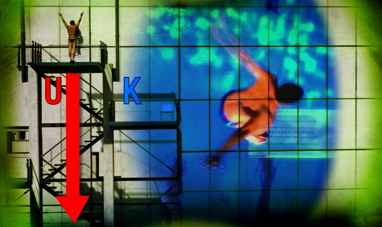

KINETIC, POTENTIAL AND MECHANIC ENERGIES


STARFISH


CITRUS FRUIT


EOLIC


THE SKELETON
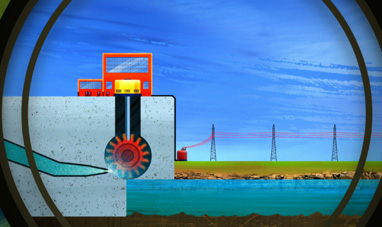

HYDROPOWER
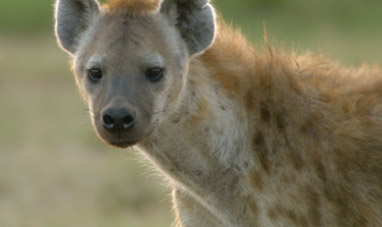

HYENA


TEETH


THE BRAIN


THE MOON


GORILLA
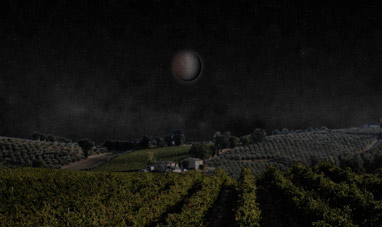

LUNAR ECLIPSES


DOLPHIN


JELLY FISH


AMAZON


TWITTER


TUNA


ERIS
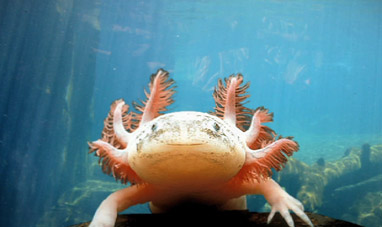

AXOLOTL


PARROTT
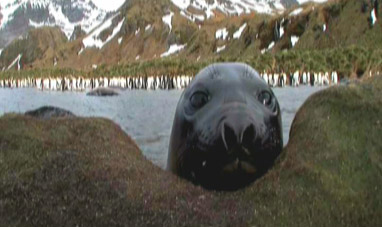

SEAL
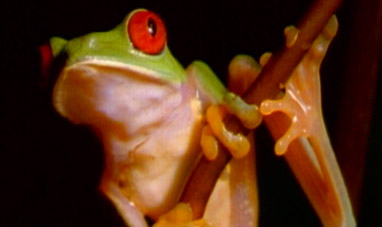

FROG


BARRACUDA


AIDS
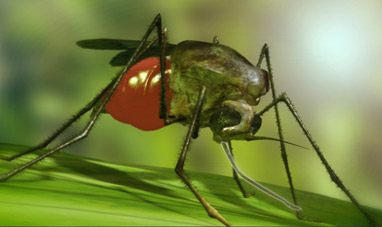

MOSQUITO


FLEA


CATERPILLAR
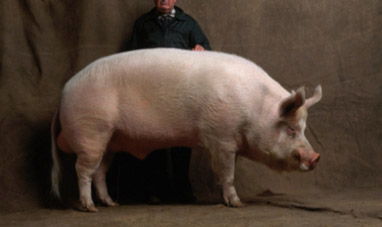

PIG


STORK


THE HEART


LADYBUG


TARANTULA


NOVAE
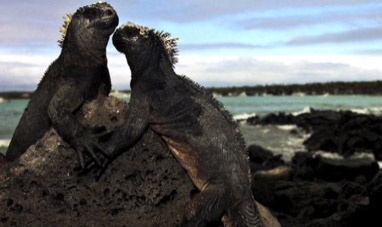

IGUANA


ARCHIMEDES' PRINCIPLE


SUPERNOVAS
